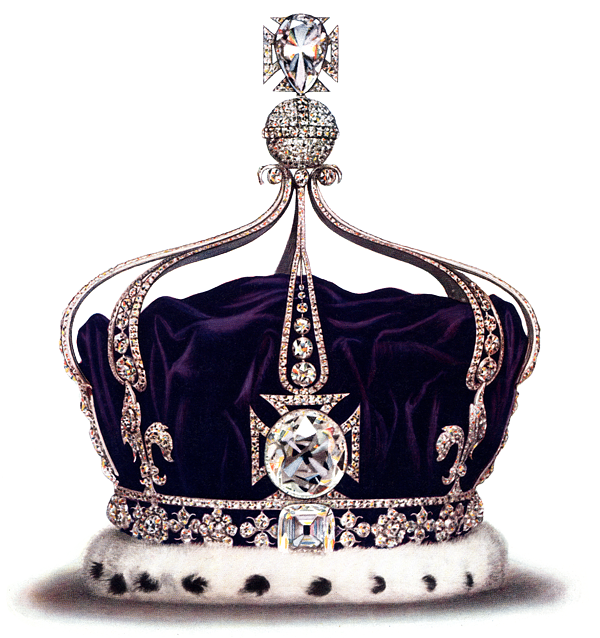
Environmental Science/Biology teaching deserves an evocative starting point to rally around. Say, a moving quote, a stirring speech or an impressionable photograph.. something that even a good quality textbook misses. Kalyan Varma's treasure trove of world class images which go by a Creative Commons license. Which means he made it free to use, free to share, and free to remix in whatever way you feel like!
A quick intro about Kalyan.
He is a wildlife photographer, filmmaker, naturalist and explorer specializing in environment, science and ecology in India. He freelances with many of the world's leading magazines, environmental NGOs and television channels like Nat Geo and BBC. He collaborates with wildlife scientists, conservationists, policy makers, activists and educators on conservation action, activism, documentation, books and film projects.
The author has the honour of attending his talk and meeting him at Keystone Foundation, Ooty is 2009.

In his own words:
"I hope to combine an artist’s eye with a journalist’s curiosity and sense of storytelling in my visual style, resulting in a body of work I hope will inspire the viewer to discover more. Using narrative and visual construction I strive to lure the audience into the subject, prompting them to ask questions rather than accept a ‘standard version’ of changing landscapes."
Here are some of the finest photographs of the (endangered & much-to-be-discussed and sensitized) wildlife of the Western Ghats.
The text & images are Kalyan Varma's.
Western ghats

Along the west coast of India lies a range of mountains known as the Western Ghats. Far more ancient than the larger and better-known Himalayas in the north, the Ghats harbours a diverse and extensive range of habitats from the thorn-scrub in the drier plains to shola-grasslands in the upper reaches. These ranges are also home to many species of endangered and endemic plants and animals. As exploration continues, new species are being discovered even today, giving us an opportunity to better understand the evolutionary and ecological history of this ancient mountain range.
Great Hornbill

An aesthetically spectacular and ecologically important inhabitant of the wet evergreen forests of Western Ghats and northeast India — the Great Hornbill Buceros bicornis. They maintain the health of the forest by dispersing seeds and thereby helping in forest regeneration.
The Nilgiri tahr

The Nilgiri tahr Nilgiritragus hylocrius is the only mountain goat found in the high-altitude shola-grasslands of the southern Western Ghats. It is exceptionally agile and uses the steep rocky cliffs as cover to escape predators. Here, a male is seen with decorations on his horns to attract females or intimidate rivals during the rutting season.
The Black-chinned Laughing thrush

The Black-chinned Laughing thrush Garrulax cachinnans, earlier also known as the Nilgiri Laughingthrush is one of the many endemic and restricted range bird species of the Western Ghats.
The lion-tailed macaque

The lion-tailed macaque Macaca silenus is found only in the tropical rainforests of the Western Ghats. It is omnivorous in its diet, feeding on insects, reptiles, and small mammals, as well as fruits like jackfruit.
The Malabar Banded Swallowtail

The Malabar Banded Swallowtail Papilio liomedon is endemic to the Western Ghats. It is a powerful flier, scarce, and confined to the moist forests.
The purple frog

The purple frog Nasikabatrachus sahyadrensis is a unique species of burrowing frog discovered in the Western Ghats and described only in 2003. With its closest relatives in the Seychelles, it is thought to be an evolutionary relict and an evidence of the connection between India, Madagascar and Seychelles much after the breakup of the Gondwana landmass.
The large-scaled pit viper

The large-scaled pit viper Trimeresurus macrolepis is a venomous snake found in the higher altitudes of the Western Ghats.
The stripe-necked mongoose

The stripe-necked mongoose Herpestes vitticollis is the largest mongoose found in India. It is endemic to the Western Ghats and Sri Lanka. The colour of the pelage varies from rich rufous in wetter regions to greyish red in drier parts of its distribution range. They are usually seen along rivers, streams and swamps.
Also check his amazing INKTalks titled 'Free art is profitable'.





















Write a comment ...